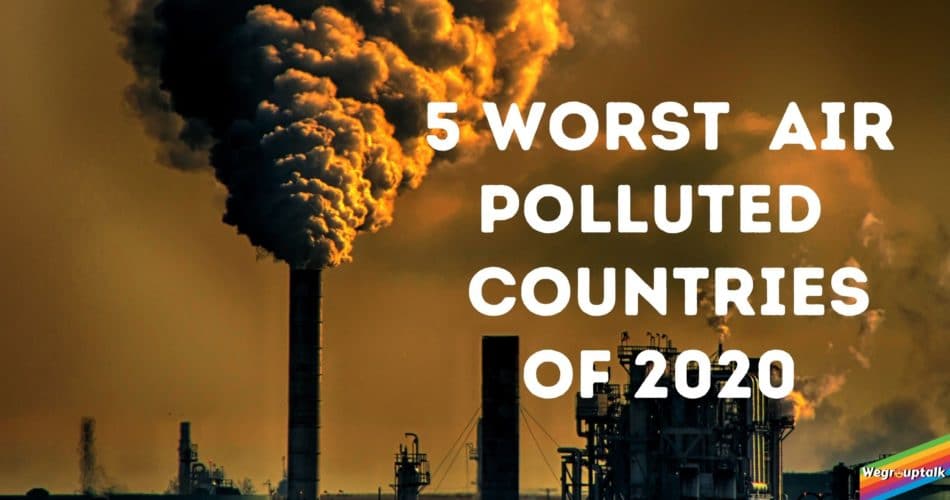It is high time that we seriously start talking and discussing this issue of air pollution. It has been on the rise continuously. Even before the pandemic had started, you must have noticed people stepping out of their houses in masks to protect themselves from the polluted air and nowadays people have even started putting air purifiers in their offices and homes to breathe clean and purified air. It is because the air quality has deteriorated in recent years. Plus because of the pandemic going on, it becomes even more important for all of us to care for the affected people and keep the air clean for them.
Hence, the questions that are on-trend these days are what is air-pollution and which all countries are affected the most by it and why is it a fast-growing concern. So let us look at the answers to these questions and as you all know a stitch in time saves nine so let us also see what all have the most affected countries done for reducing it.
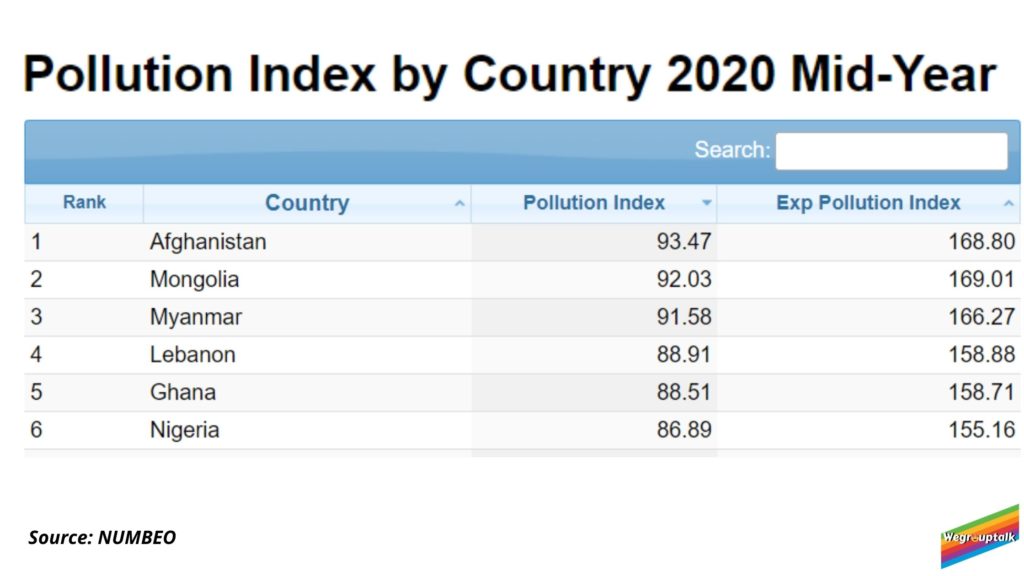
What exactly is pollution?
According to the National Geographic Society, “Pollution is the introduction of harmful materials into the environment’’, and these pollutants can be natural or human-made. Example of natural pollutants is volcanic ash, and that of human-made pollutants are car spew, runoff produced by the factories, radioactive material which sometimes accidentally gets released from nuclear reactors and then scatters around by the wind. There are many more such human-made pollutants.
Now, let’s come on to the reasons behind this climate change. Well, one of the major reason behind this climate change is the emission of human originated greenhouse gases. Its effect on global warming is very devastating, and it has become an urgent need to stop putting so much pressure on our planet earth. There was a report by the International Energy Agency ( IEA ) which forecasted that by 2050 the emissions would increase by 130% if this continues uncreased.
Living in clean countries is a blessing as it ensures a happy and healthy life not only for you but for your family as well. There are many countries in the world which are highly polluted.
So, Let’s have a look at the worst polluted countries in the world and the steps that their governments are taking to improve the condition –
1. Afghanistan
The country’s GDP per capita is extremely low. The average life expectancy of both men and women in the country is also very low and is approximately around 60 years. The country has been ranked first among the most polluted countries in the world with an average of PM 2.5 pollution of 93.47 ug/m3.
The most polluted city in the country is Kabul, the capital city of Afghanistan. There are a lot of people who die every year in the city because of the lousy air-quality present there. The Afghanistan government estimates around 3000 deaths because of the same every year. The primary reasons responsible for the decreasing air quality in the country are burning of plastic bags, tyres, fuel and the usage of diesel generators.
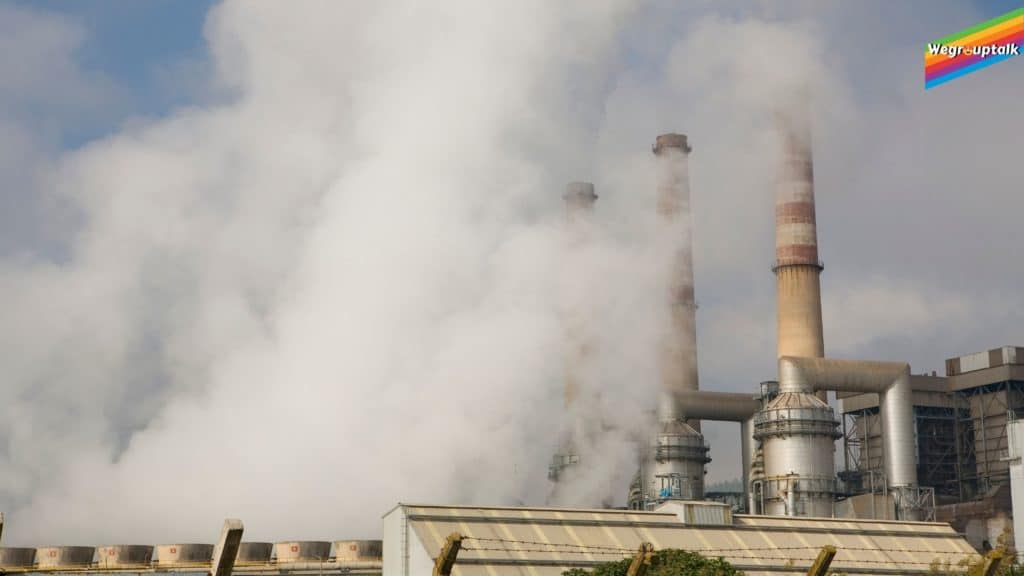
Analysing the situation in the country was in, the government developed environmental laws. According to NEPA ( National Environmental Policy Act ), the use of coal and wood has dramatically decreased ever since then. The bakeries in Kabul switched to oven and natural gas from wood which was a commendable action. The director-general of NEPA said that LPG was becoming a success as an alternative to petrol and diesel in the case of vehicles. This would also reduce air pollution to a great extent. LPG vehicles are not even much expensive, and they give out carbon dioxide and water as a byproduct which is a lot less harmful than petrol and diesel vehicles which produce sulfur as a byproduct.
The municipalities of the country have put in efforts to prepare long and short-term plans and goals to put asphalt and concrete over dirt roads. It is expected that this action will reduce air pollution by approximately 15% as the dirt over the streets will no more fly and spread because of the wind.
2. Mongolia
According to the latest statistics, it is the second most polluted country in the world presently. Home to half of Mongolia’s population of 3 million, Ulaanbaatar, is one of the most polluted capitals in the whole world. Its pollution index is 92.03 ug/m3. The average daily pollution level of PM 2.5 is 687 µg/m³ that is 27 times the level that and that recommended by the WHO as safe, and that is even in the coldest days of the year.
The primary source of air pollution comes from coal-fired stores in the “ger” districts which are informal settlements during the cold season. These residents use stoves and burn raw coal and other flammable materials to cook and keep warm during the six-month winter. This is a practice that is responsible for an approximate 80% of the air-pollution in Ulaanbataar. The next problem is that of the rapid organisation, which still continues to cause a lot of difficulty with unplanned settlements and increased contamination of air, water and soil. Unless concrete steps are taken to resolve the situation, the exposures will still keep increasing.
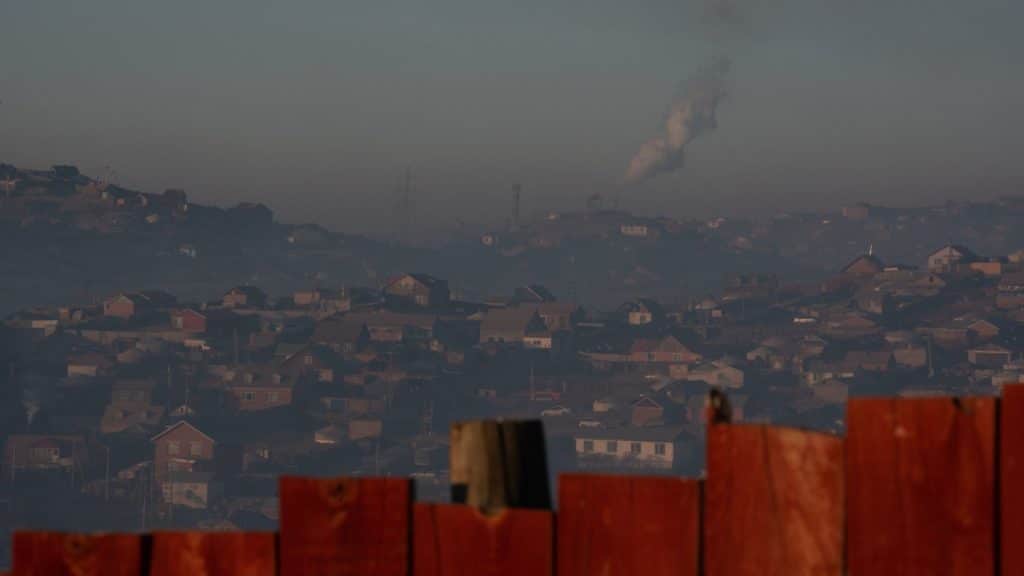
The government in Mongolia has imposed a ban on the burning of coal in the capital of the country Ulaanbaatar as a part of efforts to clean up the air of the city. Implementation of this plan has been a challenge to the government, but also the elimination of air pollution was of vital importance for improving public health. The government had also decided to replace the low-grade coal with processed fuel in Ulaanbaatar, and the air quality of the city has improved significantly ever since then.
The government’s next step has been off establishing infrastructure centres to improve the air quality, and the municipal government of the capital has so far approved at least 50 sites for such infrastructure centres. It will be built in the upcoming years.
3. Myanmar
It is the third most polluted country in the world. According to the guidelines of the World Health Organisation (WHO), air quality is considered unhealthy in line with the policies of the world health organisation, air quality in Myanmar is deemed to be unsafe. The pollution index of the country husband 91.58 µg/m³.
Contributors to low air quality in Myanmar include the manufacturing, mining, electricity and construction sectors, vehicle pollution and agricultural waste incineration. Available data indicate that Pyin Oo Lwin, Tuangoo, Kyaukphyu, Namakham and Yenanchuang have high levels of air pollution. The government has managed to clear up daily citywide traffic jams up to a great extent by its policy of encouraging compressed natural gas usage.
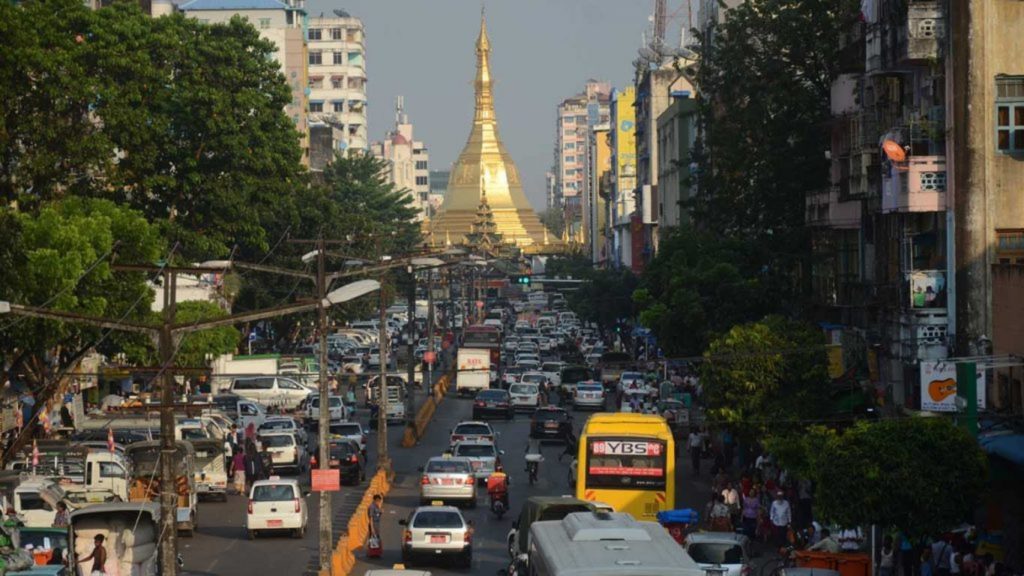
Since the early 2000s, the government has been converting many vehicles from fuel to CNG; this has helped in reducing the air pollution up to a great extent. CNG is a much more cleaner and safer energy than gasoline, and the country has a lot of CNG present, so that is also one primary reason behind the shifting of fuel. The government also has in recent years taken many projects with private companies intending to lower down the pollution levels.
4. Lebanon
In Lebanon, pollution is a major issue of concern to every citizen. There are many different types of pollution affecting the people of the country, these different types of pollution cloud the environment and cause significant harm to the resident’s health and air pollution is the greatest threat to the health to these Lebanese. The current pollution index of the country is 88.91 µg/m³. And ever since the Beirut explosion has happened, the situation of the country has become even worse. The United Nations team is tackling the massive task of clearing up Beirut.
As the Lebanese government continues to discuss austerity measures, the Ministry of the environment so its funding cut following the adoption of the 2019 budget on July 20, leading to the closure of air monitoring stations across the region, even as air pollution continues to reach dangerous levels.
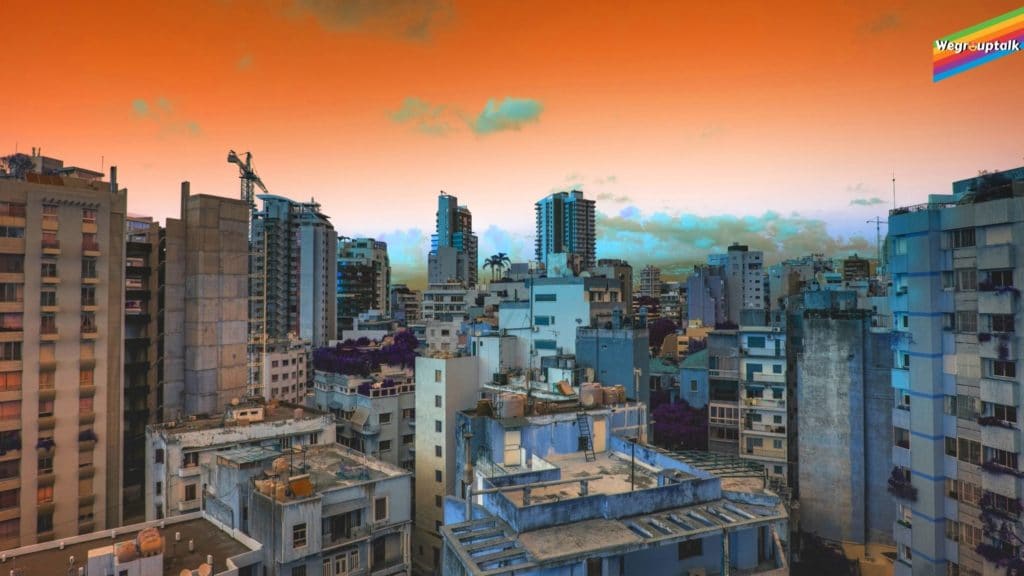
The national air monitoring network which monitors the level of pollution in Lebanon and enables the Ministry of the environment to control air pollutants has been set up over two faces beginning in 2013. The phase had a follow-up of the opening of five stations in Lebanon as soon as it received a grant of $ 1.64 million from Greece with around dollar 400,000 of that going towards the air monitoring stations.
5. Ghana
It is the 5th most polluted country in the world with a pollution index of 88.51 µg/m³. Ghana’s contributors to low air quality include the mining, forestry and cement sectors, smelting and leave minimum, pollution from cars and burning of waste. There are seasonal fluctuations in emissions, with the highest levels occurring due to dust flowing from the Sahara desert in December and January. The available data shows that there are chronically high levels of air pollution in Accra, which is the capital of Ghana.
The government of the country has taken unprecedented steps to reduce down the levels of pollution. Gaana is the founding partner of the climate and clean air collation and the first country in the world to include short-lived climate pollutants and other air pollutants into their fourth official national greenhouse gas inventory submitted to the UNFCCC.
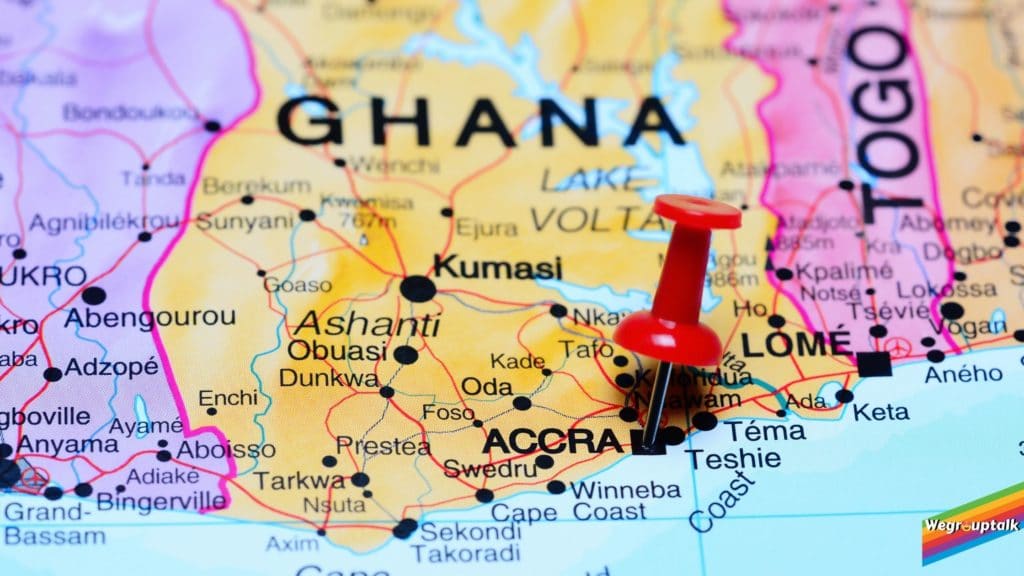
In the year 2018, Gaana released its national SLCP mitigation action plan, which defines 16 mitigation initiatives across seven industries. In the year 2016, to attract investment for mitigation opportunities, the country also announced its low carbon growth plan. There is a lot of research that is being done on the growing air-quality issues in the country, and still, there is a lot more that needs to be done.
There are numerous other ways and methods that the governments have come up with, and this will help in solving the problem of pollution. It will put things back into place and will not only be good for our health but also the environment. This will also provide a significant boost to the creation of jobs, the growth of economies and a lot of innovations will come forward.
So, let’s together be a part of the solution, not a part of the pollution!
Follow us on Facebook, Instagram, and Twitter to stay connected~~!!

